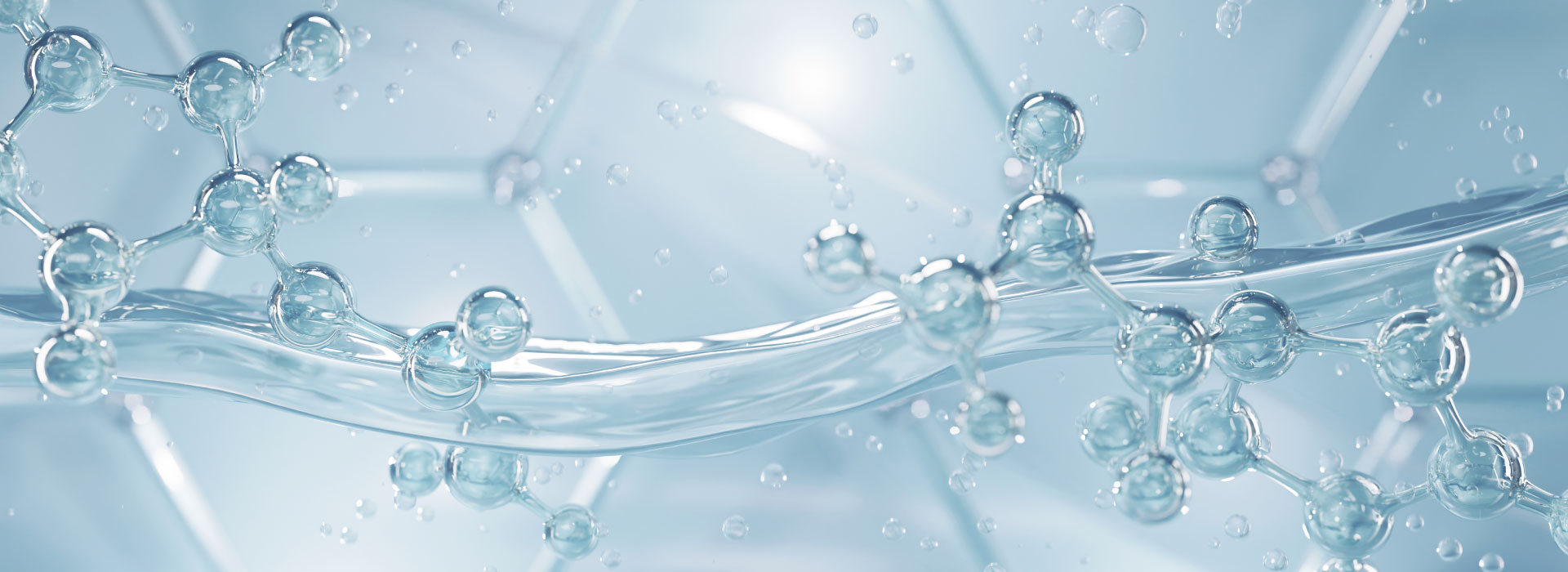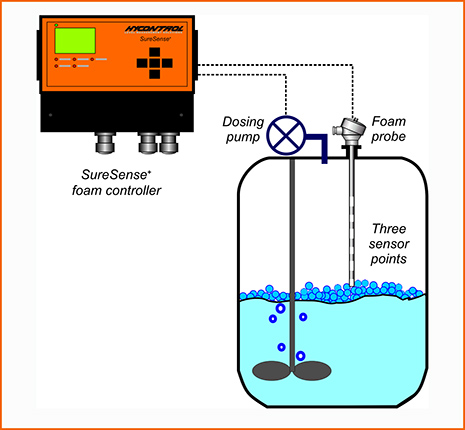Discovering Cutting-Edge Foam Control Technologies for Lasting Practices
Wiki Article
Reliable Techniques for Achieving Optimum Foam Control in Chemical Manufacturing
Effective foam control is an essential aspect of chemical production that can dramatically impact production performance and product high quality. By comprehending the systems of foam formation and selecting appropriate anti-foaming representatives, producers can take aggressive procedures to mitigate extreme foam. Furthermore, the application of process optimization techniques and advanced tracking systems plays a crucial duty in maintaining optimum operating conditions. Nonetheless, the subtleties of these approaches can vary widely across different applications, raising vital questions regarding ideal methods and real-world executions that merit additional exploration.Recognizing Foam Development

Surfactants, or surface-active agents, decrease the surface area stress of the liquid, facilitating bubble security and promoting foam generation. Additionally, frustration or mixing procedures can improve bubble formation, often aggravating foam problems. The characteristics of the fluid medium, consisting of viscosity and thickness, additional influence foam habits; for example, even more viscous liquids have a tendency to catch air better, bring about enhanced foam security.
Recognizing these essential facets of foam formation is vital for effective foam control in chemical manufacturing. By identifying the conditions that promote foam growth, manufacturers can carry out targeted approaches to reduce its negative results, thus enhancing manufacturing procedures and guaranteeing constant item top quality. This foundational understanding is necessary prior to exploring particular techniques for controlling foam in commercial settings.
Option of Anti-Foaming Agents
When selecting anti-foaming agents, it is necessary to consider the particular attributes of the chemical procedure and the kind of foam being created (Foam Control). Various factors influence the effectiveness of an anti-foaming agent, including its chemical structure, temperature stability, and compatibility with other process productsSilicone-based anti-foams are widely used as a result of their high performance and wide temperature level array. They function by minimizing surface area tension, enabling the foam bubbles to integrate and damage more easily. They might not be ideal for all applications, especially those involving sensitive formulations where silicone contamination is a concern.
On the other hand, non-silicone representatives, such as mineral oils or natural substances, can be beneficial in particular scenarios, specifically when silicone deposits are unfavorable. These agents tend to be much less efficient at higher temperature levels yet can supply effective foam control in other problems.
Furthermore, understanding the foam's beginning-- whether it develops from aeration, frustration, or chain reactions-- guides the option process. Testing under real operating conditions is critical to make sure that the selected anti-foaming representative satisfies the unique needs of the chemical manufacturing procedure efficiently.
Refine Optimization Methods
Effective foam control is a crucial facet of optimizing chemical manufacturing procedures. By fine-tuning these criteria, operators can decrease disturbance, therefore reducing foam formation throughout blending.Additionally, controlling temperature level and stress within the system can significantly influence foam generation. Lowering the temperature may minimize the volatility of particular components, resulting in reduced foam. Maintaining optimal pressure levels helps in reducing excessive gas release, which adds to foam security.
One more efficient technique is the critical enhancement of anti-foaming representatives at critical points of the procedure. Mindful timing and dose can make sure that these representatives successfully reduce foam without interrupting other process parameters.
Furthermore, incorporating a systematic assessment of resources properties can help identify naturally foaming materials, permitting preemptive measures. Performing regular audits and process reviews can disclose ineffectiveness and areas for renovation, making it possible for constant optimization of foam control strategies.
Monitoring and Control Equipment
Tracking and control systems play a vital function in keeping ideal foam management throughout the her latest blog chemical production process. These systems are essential for real-time monitoring and adjustment of foam degrees, guaranteeing that manufacturing effectiveness is made the most of while minimizing interruptions triggered by extreme foam formation.Advanced sensors and instrumentation are used to discover foam thickness and height, giving crucial information that informs control formulas. This data-driven approach enables the prompt application of antifoaming agents, making sure that foam degrees remain within appropriate restrictions. By integrating surveillance systems with procedure control software, makers can implement automatic feedbacks to foam fluctuations, decreasing the demand for manual intervention and improving functional uniformity.
Moreover, the combination of artificial intelligence and predictive analytics into keeping an eye on systems can promote proactive foam management. By examining historic foam information and operational criteria, these systems can forecast foam generation patterns and recommend preemptive steps. Routine calibration and upkeep of surveillance devices are necessary to ensure precision and integrity in foam discovery.
Inevitably, reliable surveillance and control systems are vital for optimizing foam control, promoting safety, and improving overall productivity in chemical manufacturing environments.

Study and Finest Practices
Real-world applications of surveillance Get More Information and control systems highlight the importance of foam management in chemical manufacturing. A noteworthy study entails a large pharmaceutical manufacturer that implemented an automated foam detection system. By integrating real-time monitoring with predictive analytics, the facility decreased foam-related production downtime by 30%. The data-driven method enabled for timely interventions, making certain consistent product quality and operational efficiency.An additional exemplary situation originates from a petrochemical company that embraced a combination of antifoam representatives and procedure optimization techniques. By analyzing foam generation patterns, the organization customized its antifoam dose, leading to a 25% reduction in chemical usage and substantial price savings. This targeted technique not only decreased foam disturbance however also boosted the general stability of the manufacturing procedure.

Verdict
To conclude, accomplishing optimum foam control in chemical production requires an go extensive approach including the selection of ideal anti-foaming agents, execution of process optimization techniques, and the combination of advanced surveillance systems. Regular audits and training better enhance the performance of these techniques, fostering a society of continual renovation. By resolving foam formation proactively, makers can dramatically enhance manufacturing efficiency and item high quality, ultimately contributing to more cost-effective and lasting procedures.By comprehending the devices of foam formation and selecting suitable anti-foaming agents, manufacturers can take aggressive procedures to alleviate extreme foam. The characteristics of the fluid tool, including thickness and thickness, further influence foam habits; for instance, even more thick liquids have a tendency to catch air more successfully, leading to enhanced foam security.
Understanding these basic facets of foam formation is crucial for efficient foam control in chemical manufacturing. By assessing historical foam information and operational specifications, these systems can anticipate foam generation patterns and suggest preemptive procedures. Foam Control. Routine audits of foam control determines make certain that processes continue to be maximized, while fostering a culture of aggressive foam administration can lead to sustainable improvements across the production range
Report this wiki page